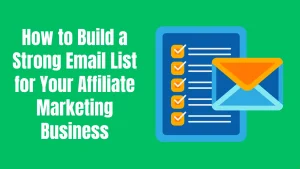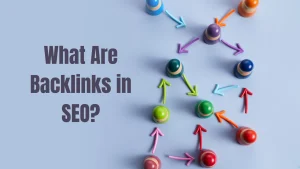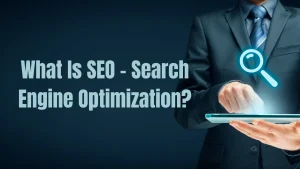What is Digital Marketing? Types, Benefits and Inspiring Examples
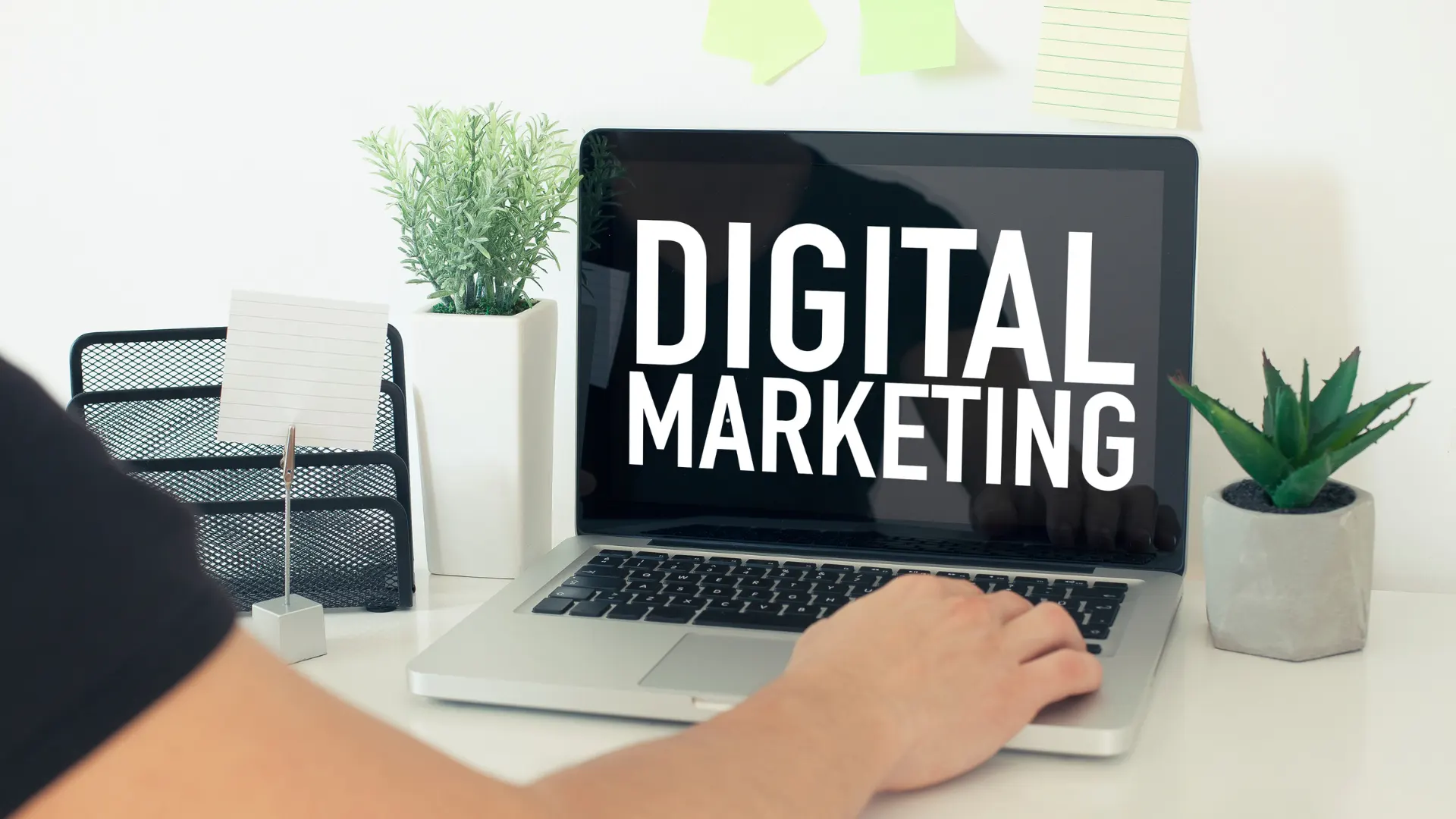
Imagine your bakery is a hidden gem. The smell of fresh bread and pastries fills the air, tempting anyone who walks by. But these days, that’s not enough to keep customers coming.
So, you turn to digital marketing. You update your website, share mouthwatering photos on Instagram, and send exclusive deals through email. Almost instantly, more people discover your bakery—online, on social media, and through shared posts. Sales take off, and suddenly, your shop is the place to be.
That’s the power of digital marketing. With 60% of the world online and people spending nearly 7 hours a day on screens, your audience is already there—you just have to reach them.
But digital marketing isn’t just about selling. It’s about building connections. This guide breaks down the different types, key benefits, and real-world success stories—so you can see how it can grow your brand and deepen customer engagement.
Struggling to navigate digital marketing? Get the Digital Marketing QuickStart Guide—your shortcut to building a strong online presence, driving traffic, and boosting conversions. Simple, actionable, and beginner-friendly.
Key Takeaways
- Digital marketing is the use of online channels to promote products, services, or brands to a targeted audience.
- Types of digital marketing include SEO, content marketing, social media marketing, email marketing, PPC, influencer marketing, and affiliate marketing.
- Key benefits include cost-effectiveness, measurable results, broader audience reach, improved customer engagement, and higher conversion rates.
- SEO helps businesses rank higher on search engines, increasing organic traffic.
- Social media marketing builds brand awareness and customer relationships through platforms like Facebook, Instagram, and LinkedIn.
- Email marketing remains one of the highest ROI strategies, delivering personalized content directly to users.
- PPC advertising drives immediate traffic by placing ads on search engines and social platforms.
- Affiliate marketing leverages partnerships to generate sales through commission-based referrals.
- Successful brands like Nike, Apple, and Airbnb use digital marketing to create compelling campaigns that attract and retain customers.
- The key to success is a strategic approach that combines multiple digital marketing channels to create a strong online presence.
Getting started with digital marketing
Starting your digital marketing journey can feel overwhelming. But, you can make it easier by following some key tips. First, define your goals. Think about what you want to achieve, like increasing brand awareness or driving sales.
Next, identify your target audience. Look at their demographics and behaviors to craft a good marketing plan. Using tools like Google Analytics can help you track your progress and understand your audience better.
It’s important to understand the basics of online advertising. Building trust and a connection with your audience is key. Engage with them on social media to get their feedback and build a strong relationship. This will help you master digital marketing.
Marketing to people who actually want to be reached is so much more effective than relentless push marketing.
By using these strategies, you’ll be able to confidently move through the digital world. Always check your goals and adjust your plans as you learn. This way, your digital marketing will stay effective and relevant.
What is digital marketing?
Digital marketing is the use of online strategies to promote products and services. It focuses on reaching people on search engines, social media, email, websites, and apps. This way, businesses can connect with their audience where they spend most of their time.
This method helps businesses target their audience better. It also uses data to see how well campaigns are doing. The shift from old marketing to digital marketing is key. It keeps up with changes in the market and how people behave.
To make good online marketing plans, you need to know about digital channels. They play a big role in how people make choices. By using data, your business can improve its marketing and build strong bonds with customers.
The evolution of digital marketing is a testament to the changing landscape of consumer interaction.
Inbound Marketing vs. Digital Marketing
Think of digital marketing as the big umbrella. It covers all kinds of online efforts to promote a product, service, or brand.
This includes ads on social media, email campaigns, search engine optimization (SEO), and even pay-per-click (PPC) ads. If it happens online and helps you connect with customers, it’s digital marketing!
Now, inbound marketing is more like a strategy that fits under this umbrella. It’s all about attracting customers to you naturally.
Instead of pushing ads in their face, inbound marketing focuses on creating helpful, valuable content that answers their questions or solves their problems.
Think blog posts, free guides, or fun videos. When people find this content, they come to you because they’re interested not because you chased them down.
So, while all inbound marketing is digital marketing, not all digital marketing is inbound. The key difference? Inbound marketing draws people in, while digital marketing includes everything, even ads that directly grab attention. Both work best when used together!
B2B vs. B2C Digital Marketing
In digital marketing, businesses often fall into B2B (business-to-business) and B2C (business-to-consumer). Both have unique goals, audiences, and strategies. Here’s how they differ:
1. Audience Focus
- B2B targets other businesses. The audience often includes decision-makers like managers or executives looking for solutions to improve efficiency or profitability.
- B2C targets individual consumers. The focus is on meeting personal needs, and desires, or solving everyday problems.
2. Marketing Goals
- B2B aims to build long-term relationships and highlight value through expertise and data. It’s about logic and ROI (Return on Investment).
- B2C focuses on quick, emotional connections. The goal is to make the buying process fun, easy, and engaging.
3. Content Style
- To educate and inform, B2B uses professional, detailed content like whitepapers, case studies, and webinars.
- B2C relies on relatable, entertaining, and visually appealing content like videos, social media posts, and discounts.
4. Buying Process
- B2B purchases are often slower and involve multiple stakeholders. Decisions take time and require careful research.
- B2C purchases are typically faster, driven by emotions or immediate needs.
5. Channels Used
- B2B often focuses on LinkedIn, email marketing, and industry-specific platforms to reach professionals.
- B2C leans heavily on platforms like Instagram, Facebook, and YouTube to connect with consumers.
Which is Better?
It depends on your business! If you sell to other companies, focus on B2B strategies that emphasize expertise and value. If you sell to individuals, go for B2C strategies that are engaging and emotional. Both require a solid understanding of your audience to succeed.
Types of digital marketing
It’s key to know the different types of digital marketing to make effective strategies. Each type has its purpose and uses unique methods. Here are some of the main categories.
1. Search Engine Optimization (SEO)
SEO is how you make your website easier to find on search engines like Google. When people search for products or services like yours, a well-optimized site ranks higher, increasing your chances of getting clicks and customers.
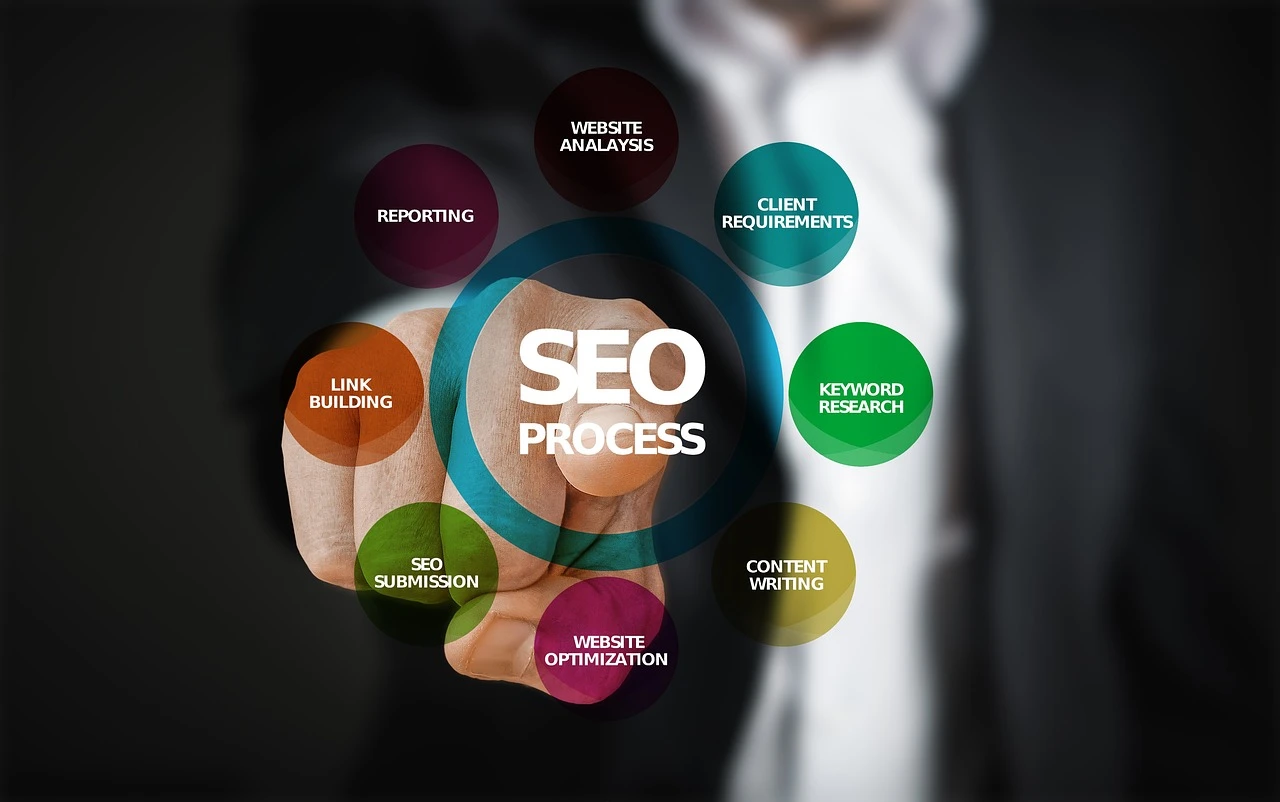
Why SEO Can’t Be Ignored:
- More people discover your business without paid ads.
- Visitors come to you already interested in what you offer.
- Unlike short-term marketing tactics, SEO keeps working over time.
How to Make SEO Work for You:
- Use the right keywords – Match what your audience is searching for.
- Make your site mobile-friendly – Most searches happen on phones, so speed and design matter.
- Create helpful content – Blogs, guides, and product pages boost rankings.
- Get quality backlinks – Links from trusted sites improve credibility.
- Improve technical SEO – Fast load times and secure websites rank better.
With more people searching on mobile and using voice search, modern SEO isn’t optional—it’s essential. Done right, it drives high-quality traffic and helps turn visitors into loyal customers.
2. Content Marketing
Content marketing is about making and sharing valuable content to draw in and keep an audience. It aims to get customers to take action by using things like articles, videos, and podcasts.
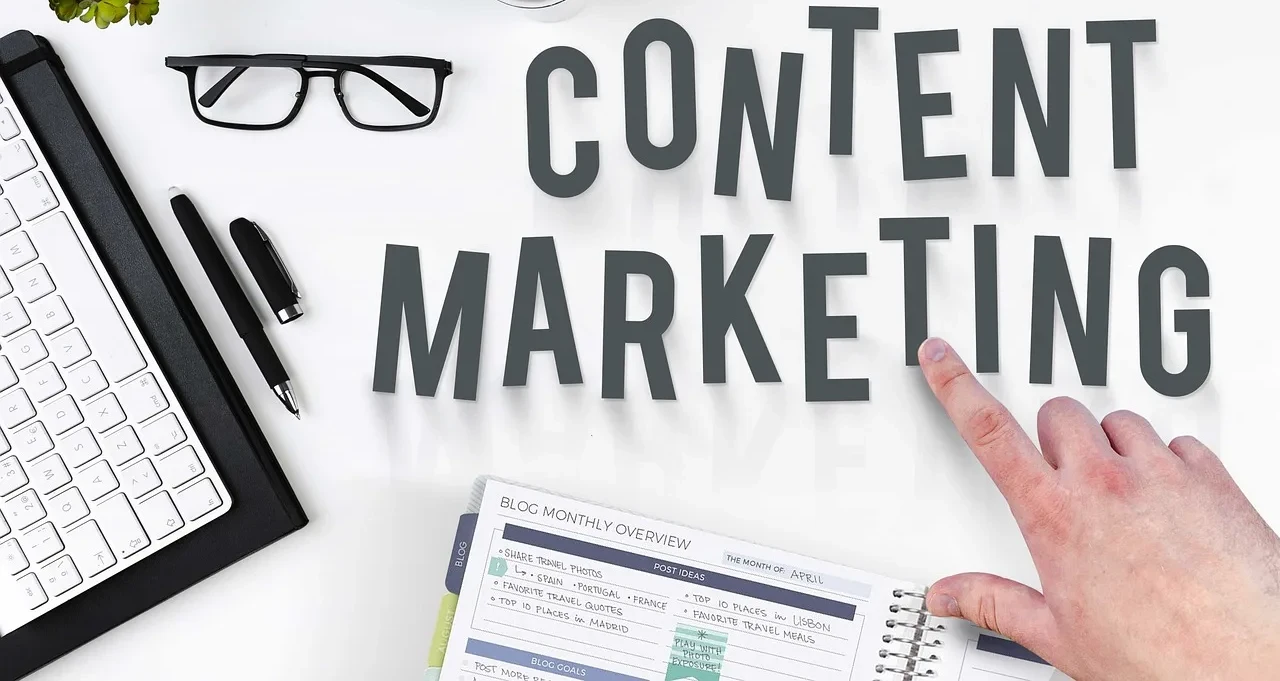
With the content marketing industry expected to grow to $584.02 billion by 2027, it’s clear that brands see their value in building strong customer ties.
Why Content Marketing Works:
- People want helpful, relevant content—not just ads.
- It builds trust and positions your brand as an authority.
How to Use Content Marketing Effectively:
- Write in-depth articles – Answer common questions and solve real problems.
- Create engaging videos – Short-form and long-form videos boost reach and retention.
- Start a podcast – Share insights and connect with your audience on a deeper level.
- Repurpose content – Turn blogs into social posts, infographics, or email newsletters.
With more businesses investing in content, those who provide real value stand out. A smart content strategy builds brand loyalty and keeps your audience coming back.
3. Affiliate Marketing
Affiliate marketing is a way for businesses to work with influencers or affiliates to promote their products. These partners earn commissions for the sales they help make.
This field is set to grow to about $48 billion by 2027, showing its power in linking brands with customers through trusted voices.
Why Affiliate Marketing is Powerful:
- You only pay for actual results—no wasted ad spend.
- It taps into influencers and trusted voices to promote your brand.
How to Succeed in Affiliate Marketing:
- Choose the right affiliates – Partner with those who align with your brand.
- Offer competitive commissions – Higher incentives attract better affiliates.
- Provide quality marketing materials – Banners, copy, and product info make promotion easier.
- Track performance and optimize – Use data to improve your program and boost ROI.
With low risk and high reward, affiliate marketing is one of the smartest ways to grow your business—without blowing your budget on ads.
4. Social Media Marketing
Social media marketing is about using platforms like Facebook, Instagram, LinkedIn, and TikTok to connect with your audience, build brand awareness, and drive sales. With over 4.9 billion users worldwide, it’s one of the most powerful ways to reach customers.
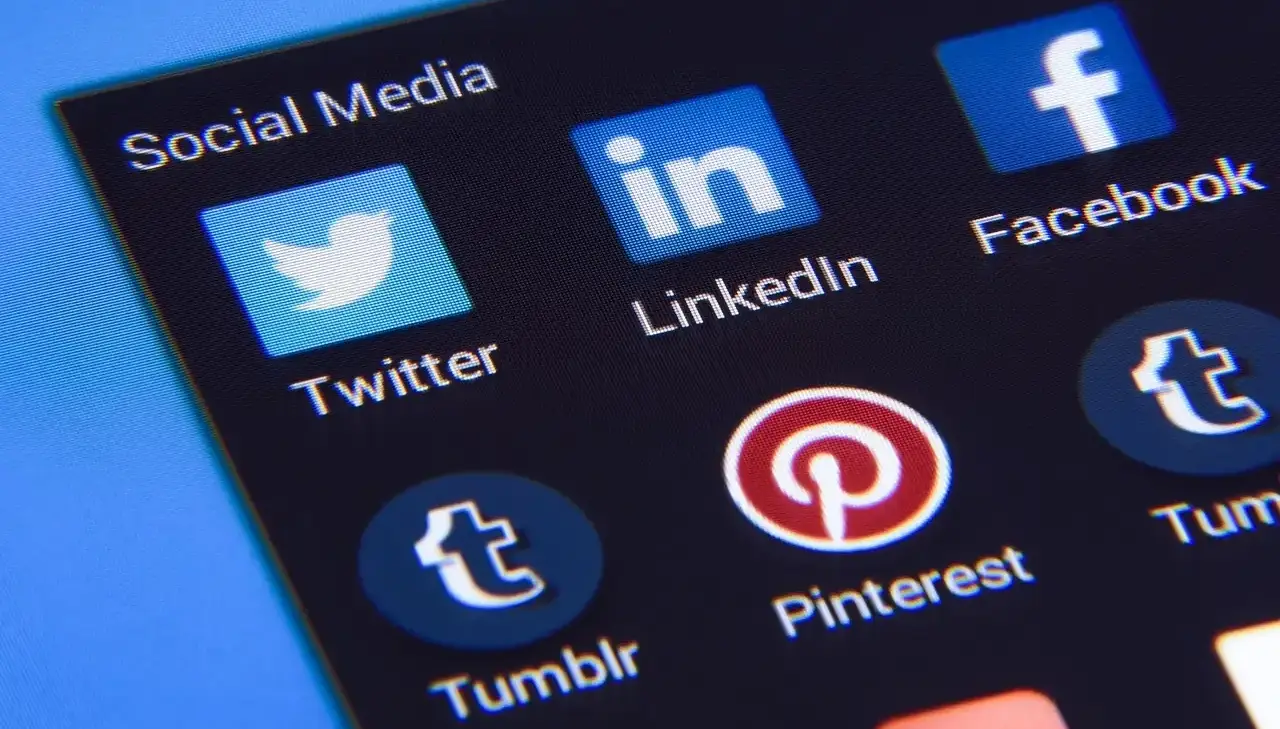
Why Social Media Marketing Works:
- Your audience is already there—scrolling, engaging, and looking for brands they trust.
- Posts, stories, and ads keep your brand visible and top of mind.
- Social media ad spending is expected to hit $219.8 billion by 2024, proving its impact.
How to Win at Social Media Marketing:
- Know your audience – Create content that speaks to their interests and needs.
- Post consistently – Regular updates keep your brand active and engaging.
- Use a mix of content – Images, videos, polls, and stories drive more interaction.
- Engage with followers – Reply to comments and messages to build relationships.
- Leverage paid ads – Targeted advertising helps you reach the right people faster.
With the right strategy, social media isn’t just about likes—it’s a sales and growth engine.
5. Pay-Per-Click Advertising (PPC)
PPC is a digital ad model where businesses pay only when someone clicks on their ad. It’s one of the fastest ways to drive targeted traffic and boost conversions. Google Ads, Facebook Ads, and LinkedIn Ads are top platforms for PPC.

Why PPC is Effective:
- Instant visibility—your ad appears at the top of search results.
- Highly targeted—you choose who sees your ads based on demographics, interests, and behavior.
- The global PPC market is expected to reach $200 billion by 2027, showing its massive growth.
How to Get the Most Out of PPC:
- Use the right keywords – Target search terms your audience is already using.
- Write compelling ad copy – Clear, persuasive messaging increases clicks.
- Optimize landing pages – Make sure visitors convert once they click.
- Set a budget and monitor results – Track performance and adjust for better ROI.
- A/B test different ads – Small tweaks can significantly improve results.
When done right, PPC delivers fast, measurable results—without waiting for organic traffic to grow.
6. Email Marketing
Email marketing is one of the most cost-effective ways to nurture leads, build customer relationships, and drive sales. With 4.3 billion daily email users, it remains a powerful tool for businesses.

Why Email Marketing Works:
- Direct access to your audience – Unlike social media, you’re not fighting algorithms.
- High ROI – For every $1 spent, email marketing generates an average of $42 in return.
- Personalized communication – Segmented emails increase open rates by 50%.
How to Make Email Marketing Work for You:
- Build a quality list – Focus on engaged subscribers, not just numbers.
- Write compelling subject lines – First impressions drive open rates.
- Personalize your emails – Use names and tailor content based on behavior.
- Provide value – Mix promotions with helpful content to keep subscribers engaged.
- Automate and segment – Set up welcome sequences, abandoned cart reminders, and targeted campaigns.
When done right, email marketing turns leads into loyal customers—without relying on paid ads. digital marketing
Benefits of Digital Marketing
Digital marketing offers many benefits for businesses. It helps save money and gives clear results. You can use different methods to market your business cost-effectively.
1. Cost-Effectiveness
Digital marketing is affordable. It lets small and medium-sized businesses compete with big brands without spending a lot. For example, social media marketing can be done with little money, cutting down marketing costs.
Also, with Pay-Per-Click (PPC) ads, you only pay when someone clicks on your ad. This makes budgeting easier.
2. Measurable Results
With digital marketing, you can see how well your campaigns are doing in real-time. Studies show that 72% of top marketing teams check their results as they go, helping them make better choices.
This way, you can adjust your strategies and get the most out of your marketing efforts.
3. Enhanced Customer Engagement
Digital marketing also helps you connect better with your customers. It lets them talk directly to your brand. 80% of marketers say good customer experiences are key to digital marketing success.
Things like blogs and social media posts help keep customers interested and build strong relationships.
4. Personalization and Targeting
Personalized marketing is a big part of digital strategies. Research shows that 71% of people want content that feels made just for them. With the right tools, you can make ads that speak to your audience.
5. Brand Visibility & Awareness
Another great thing is boosting your brand awareness. Using digital platforms helps more people find and connect with your brand. This builds trust and loyalty, key to lasting success.
In today’s digital age, the key to successful marketing lies in leveraging the unique advantages that digital channels provide.
Examples of effective digital marketing strategies
Looking at successful digital marketing examples can help you improve your online ads. Airbnb shows how user content builds trust and keeps customers engaged. They use real stories from users to connect with people.
Starbucks uses social media to talk directly with customers. This builds a strong community around their brand. It makes customers more loyal and starts important conversations.
Coca-Cola’s ‘Share a Coke’ campaign’ is another great example. It made bottles personal, which increased sales a lot. This shows how targeted marketing can create excitement and connection.
Brands like Volkswagen and Apple have stood out with their unique campaigns. Volkswagen’s live scavenger hunt got people excited and involved. Apple’s long video ad during the pandemic touched hearts, showing the power of digital marketing.
The key to effective digital marketing lies in creating personalized and engaging customer experiences.
These examples show the power of custom online ads. By studying these successes, you can learn how to make your digital marketing better.
How to create a digital marketing strategy
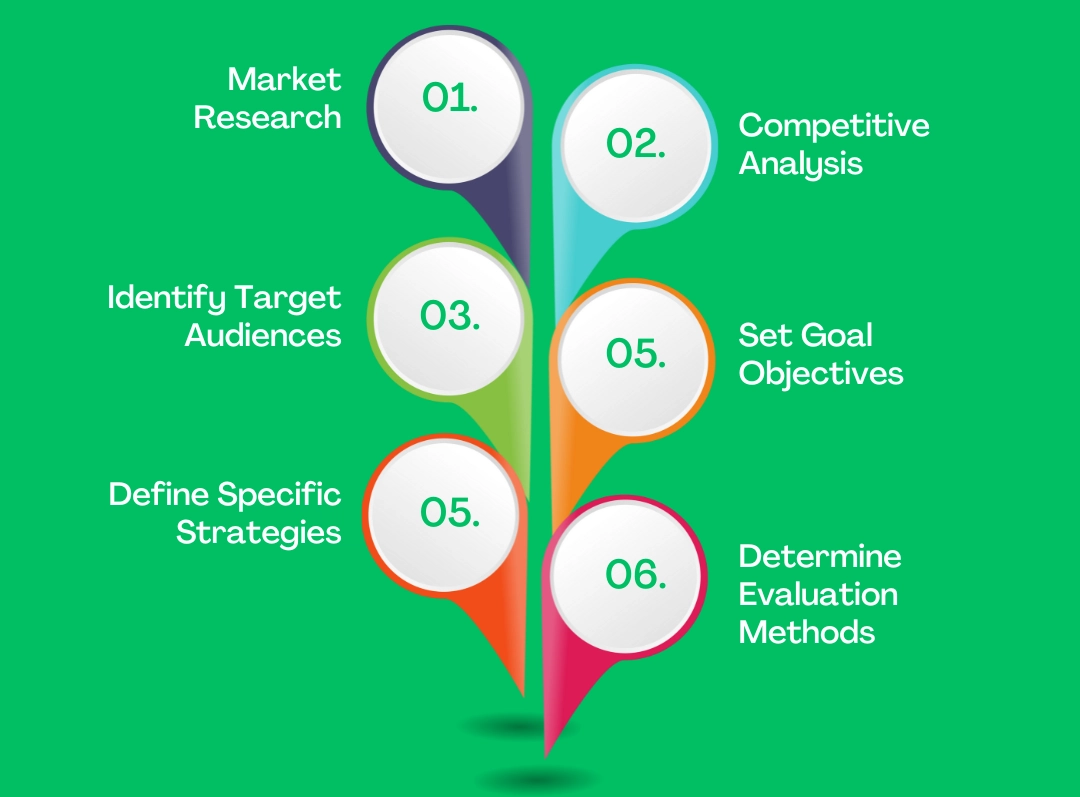
1. Market Research: Starting a digital marketing strategy means first understanding the market. You need to do market research to find out who your audience is and what they like. This is key to attracting and keeping potential customers.
2. Competitive Analysis: Look at what your competitors are doing—what’s working, what’s not. Learn from their strategies to improve your own and find ways to stand out.
3. Identify Target Audiences: Knowing your audience and goals, pick the right digital marketing channels. Each platform has its purpose and audience. Choose ones like social media, email, and search engine marketing that fit your goals. This way, you can tailor your online marketing plan.
4. Set Goal Objectives: Define clear, measurable goals. Do you want more leads? Higher sales? Stronger brand awareness? Setting specific targets keeps your strategy focused and results-driven.
5. Define Specific Strategies: Once your goals are clear, decide how to achieve them. Will you use SEO, social media, paid ads, or email marketing? Pick tactics that align with your audience and objectives.
6. Determine Evaluation Methods: Track results using key performance indicators (KPIs) like traffic, conversions, and engagement. Regular analysis helps you tweak and optimize for better performance.
7. Lastly, use analytics tools to track your performance. This lets you see what’s working and what needs tweaking. Being open to changing your strategy based on data is crucial for success.
A strategic approach to digital marketing enhances your ability to reach your goals effectively.
By following these steps, you’ll have a strong base for your marketing efforts. Your hard work in planning a solid online marketing strategy is the first step to reaching your goals. Remember, a well-thought-out and flexible strategy is key in the ever-changing world of digital marketing.
Digital marketing challenges
Digital marketing comes with many challenges. One big one is the intense competition in the digital world. With so many brands fighting for attention, you need to stand out with new ideas and unique offers.
Keeping up with online marketing changes is another big challenge. Platforms like Google and social media often update their rules. These changes can impact how visible and engaging your content is. It’s important to stay on top of these updates to succeed.
Data privacy is also a big issue in digital marketing. You need to collect customer info while keeping their trust. Being open about how you use their data is key to solving privacy problems without hurting your marketing goals.
Lastly, the fast pace of technology means you must always learn new skills and tools. Knowing the latest digital platforms and technologies helps you connect better with your audience. It also helps you overcome online marketing obstacles.
In the digital marketing world, adapting to changes is not optional; it’s a necessity.
Digital marketing trends to watch
The future of digital marketing is changing fast. New marketing trends can help you connect better with your customers. Keep an eye on emerging technologies like artificial intelligence and machine learning. They help understand what people want and like.
Personalizing customer experiences is also key. Making content just for each person builds stronger bonds. Video, like live streaming, is becoming more popular. It lets you talk to your audience in real-time, making your messages more engaging.
Voice search is becoming important as more people use voice-activated devices. Making your content easy to find with voice search keeps you relevant. Also, more people care about the environment, so marketing that’s good for the planet is becoming a big deal.
| Trend | Description | Impact |
|---|---|---|
| Artificial Intelligence | Using machine learning to analyze customer data. | Enhances precision in targeting and personalization. |
| Personalization | Creating tailored marketing messages for individuals. | Increases customer loyalty and engagement. |
| Video Content | Utilizing live streaming and video for marketing. | Boosts interaction and captures audience attention. |
| Voice Search Optimization | Adapting content for voice-activated technology. | Ensures accessibility for voice search users. |
| Sustainability | Implementing eco-friendly marketing strategies. | Attracts environmentally conscious consumers. |
These trends show big changes in digital marketing’s future. By keeping up with these changes, you can make your marketing better fit the new world.
Read Also: 10 Digital Marketing Trends You Should Know About in 2025
Measuring digital marketing success
To measure your digital marketing success, focus on key metrics. Look at website traffic, conversion rates, and how engaged your audience is. These KPIs show how well your strategy is working.
Google Analytics is a great tool for understanding how people use your site. It shows how visitors interact with your content. Social media platforms also offer analytics to track how people engage with your posts.
Regularly checking these metrics helps improve your marketing strategy. It helps you understand what your customers want. This way, you can make smart choices that help your marketing grow. Spend time on the right metrics, and you’ll see your marketing efforts pay off.
Conclusion
Digital marketing is key in today’s business world. It includes strategies like social media and programmatic ads. These help businesses connect with their audience in new ways.
New trends like AI and marketing automation make things better. They help businesses talk to customers in a more personal way. This makes marketing more effective.
As virtual and augmented reality grows, so will the chance to engage customers. This is exciting for the future of marketing.
To grow your business, you need to stay up-to-date with digital marketing. Use new tools to connect with your audience. This will help you succeed now and later
Frequently Asked Questions
What is digital marketing?
Digital marketing uses the internet and electronic devices to promote products and services. It includes online ads, social media, email campaigns, and SEO. These strategies help reach and engage your target audience.
What are some types of digital marketing?
Key types are SEO, Content Marketing, Social Media Marketing, and PPC. Each uses different strategies to reach potential customers on various platforms.
How can I benefit from digital marketing?
Digital marketing offers many benefits like wider reach and cost-effectiveness. It lets you target specific groups, improving engagement and conversion rates. It also boosts your brand awareness.
What is a digital marketing strategy?
A digital marketing strategy outlines how to achieve marketing goals online. It involves market research, setting goals, choosing platforms, and planning content. This ensures consistency in your efforts.
How do I measure the success of my digital marketing efforts?
Use KPIs like website traffic and conversion rates to measure success. Tools like Google Analytics offer insights into user behavior. Social media analytics track your interactions and effectiveness.
What challenges do marketers face in digital marketing?
Marketers face challenges like intense competition and adapting to trends. They must also protect customer privacy. Staying updated on technology and social media is key to overcoming these challenges.
What digital marketing trends should I be aware of?
Watch for trends like AI and machine learning for market analysis. Personalized customer experiences and video content, like live streaming, are also on the rise. Sustainability and voice search optimization are becoming important too.


